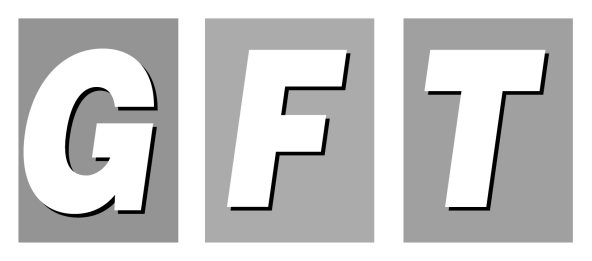Increase Success with Smart Textiles
• Smart Textiles play an important role in the future of the textile and garment industry, as well as contribute to the exporting industry to overseas markets.
• Smart Textiles are used to produce garments for various unique purposes such as sportswear, clothing for the elderly and clothing for construction workers or factories.
In the digital age rich with new cutting-edge technologies, the innovation of smart textiles to use for making apparels instead of using yarn, silk, or synthetic fibers, has become increasingly important in driving the future of the textile and garment industry. It also contributes to the need for exporters of the products in this segment to quickly pivot by studying the trend and transforming their business to accommodate consumers’ preferences. Moreover, smart textiles have redefined the role of clothing as not only something to wear to cover the body, but also to serve other functions such as providing safety and wellbeing to the wearers which is a high priority in the modern world.
The development of smart textiles for practical application in the textile and garment industry around the world is on the rise. The data from the Japan Patent Office (JPO) in 2021 reveals the top 5 countries with patented smart textiles for product development include China at 40.8%, USA at 25.1%, EU at 11.9%, South Korea at 8.8% and Japan at 8.5%. Currently, smart textiles are already being used in a variety of industries such as sportswear, pajamas that can track daily physical condition and alert when unusual condition is detected, apparels for the elderly that can help alert if the elderly falls, uniform for workers at construction sites or in factories that can detect when the wearer is in a state of exhaustion or pressure to prevent accidents, etc. Evidently, smart textiles are already a part of many people’s daily lives and also a critical part of their improved quality of life.
It is no wonder that in these days and age, many businesses in the garment and textile industry can maintain or even raise the level of their competitiveness by incorporating smart textiles into their product development strategies. For example, Japan’s Nisshinbo Textile, a subsidiary of Nisshinbo Holdings, has developed a Smart Pregnancy Belt that can predict a few days in advance when a to-be mother is likely to go into labor. Another example is Toyobo which has developed a flexible conductive film for smart clothing under the Cocomi brand. Their innovative film can detect wearers' drowsiness while driving to prevent road accidents. Yet another example is SPHELAR POWER which has developed SPHELAR Textiles as a solar fabric that can be made into backpacks, tent covers and many other products due to its thinness, flexibility, waterproofing quality and electricity generating power which is in line with the green movement to save the planet.
With the availability of this information, it is obvious that textile and garment entrepreneurs should not overlook the role of smart textile that can impact their businesses.
Sources
• Get to know Smart Textiles that will change the textile industry forever.
https://www.smartsme.co.th/content/244873
• Smart Textiles: The Future of Textile in Japan.
https://www.ditp.go.th/contents_attach/734854/734854.pdf
